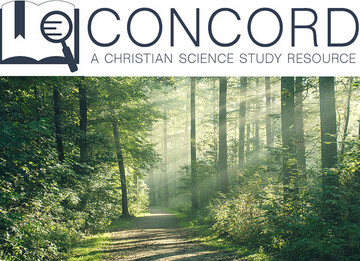WHEN Christ Jesus gave the command, "Love one another," he added significantly, "as I have loved you." Herein is defined the nature of the true love essential for happiness. By way of further elucidation, the Master subsequently declared, "Greater love hath no man than this, that a man lay down his life for his friends."
Scholastic theology has usually interpreted these words as meaning that the Nazarene was willing to suffer and die on the cross. The fresh and vital impetus which Christian Science brings to the right understanding of Jesus, emphasizes his life, sayings, and works rather than what appeared to be his death. In fact, the whole tenor of Mary Baker Eddy's discovery has been to disclose the certainty that Christianity is to be regarded as the Science of Life or God, and to make plain how this Science may be practically applied in freeing us from everything which does not belong to the Life that is God, good. Consequently, to lay down one's life for one's friends acquires a deeper significance and additional value when it is understood that it means to lay down, or not admit, the reality of a mortal, material, personal sense of Life.
One of the main differences between scholastic theology and Christian Science consists in the point of view from which the life and works of Christ Jesus are approached. Scholastic theology does not hesitate to call real and true the testimony of the human or material senses. Christian Science, recognizing God as Truth and reality, beholds and interprets the Master's life and works from the standpoint of Truth or reality. Thus Mrs. Eddy could consistently state (No and Yes, p. 36): "Jesus' true and conscious being never left heaven for earth. It abode forever above, even while mortals believed it was here." This is equally true of the real selfhood of everyone else today and always.




